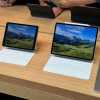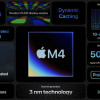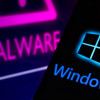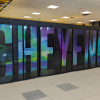Microsoft bets big on Kinect for Windows, but splits its community
The few bits of genuine news in Microsoft's CES keynote on Monday all concerned Kinect, the company's natural user interface sensor. CEO Steve Ballmer announced that 18 million devices had been sold since launch, either as standalone units or bundled with Xbox 360. There are a smattering of Xbox content deals with Fox and others, using Kinect as a selling point.
And finally, Kinect for Windows: a brand-new software development kit, developer program, and PC-optimized hardware device launching February 1, designed to decisively push Kinect beyond gaming and media, precisely when companies like Samsung are charging behind the Xbox with gesture recognition for TV sets.
Shining a light on Kinect and pairing it with Windows shows that even with PC sales slumping, Microsoft's future is bigger than the PC, at least as it's been narrowly construed. It's a big bet on the idea that at least in some contexts, there's a more powerful and natural way of interacting with computers than even touch or voice. It shows that Microsoft is working towards integration of its far-flung products at a level higher than a common set of orthogonal Metro tiles. And with Kinect and Windows Phone 7 drawing raves, Microsoft's on the verge of regaining a reputation for innovation, not just domination.










































































